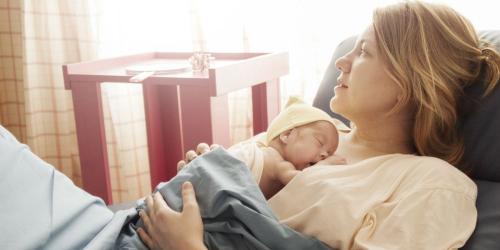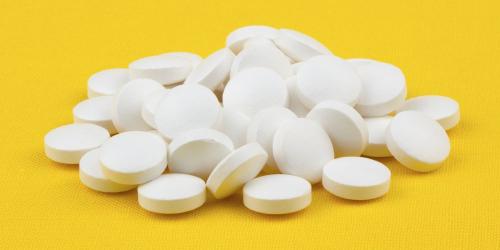You can catch lice at the pool.
FALSE . Who has ever seen a swim for the crawl at the pool ? At best, they manage to stay alive: they breathe through small holes all over their body, but in the water, lice can close these holes and make themselves waterproof (this is also how they survive). the shower, well hooked to the hair). This does not make it a survival environment, and contagion at the pool has never been proven .
Lice can jump from one head to another
FALSE. This is a common misconception, as if lice jumped from head to head, like foraging bees. Well no ! A louse only moves with its 6 legs firmly attached to a hair. They do not walk in the void. It is thus the close contact with another head which constitutes the mode of contamination n ° 1 . But children have an unfortunate tendency to stick to each other. That's how lice spread.
When a child is infested with lice, the whole class should be treated
TRUE . Strategy question. Since children are infected with each other, if one is treated and the other is not, it is as if nothing had been done against the lice. Schools often post a "Lice are back" sign. This is an opportunity, if not done, to propose a treatment schedule that everyone follows at home. A lice treatment on that date and a second one week to 10 days later . If some parents seem recalcitrant, we play the card prevention with an anti-lice repellent with essential oils or a drop of lavender essential oil, behind each ear.
You have to wash all the textiles in the house if the children have lice
FALSE . Lice are gourmands who feed almost continuously. They can not stay out of a head on pain of starving ... and expressly since outside their middle lice die between 4 and 36 hours ... If we advise to clean the pillowcases and the scarves are because they are in regular contact with the head carrying lice. Yet the contact of these fabrics but also brushes or combs is not a good way to spin lice. Moreover, the official recommendations specify that clothes and bedding should be washed only in case of "massive" contamination.
The new anti-lice treatments do not mess up the scalp.
TRUE. In any case for current treatments that act by asphyxiating lice. Based on fatty substances ( coconut oil or dimeticone, a derivative of silicone), they stifle lice. Caught in an oil bath, the respiratory shaft of the louse is saturated with fatty molecules that suffocate it. These products today seem as effective as the insecticides of the previous generations but which resisted the lice and proved to be ultra-aggressive for the scalp.
There are ragweeds
TRUE. In the same family, he can very well have a child who has often and the other not. That being as we do not know why (a different pH?), The reason for the presence of lice could very well be related to the behavior of the child who has a friend with lice and sticks his head against his ...
To pass a comb is enough
FALSE. First, all the anti-lice combs are not equal . The most effective have long metal teeth, possibly toothed, to pass deep enough in the hair. We remove a lot of lice (dead or alive) and nits. But there are often a few nits hanging and some survive a first treatment where the need, advise pharmacists, to perform a second. Even if the product claims that a single application is enough.
If it is our child who has lice, we will inevitably catch
FALSE . It all depends if it is very infested or not (be careful, it goes quickly a female lays 5 to 10 nits a day who become adults, ready to breed in 15 days). Overall, parents stick their hair less to that of their children, resulting in less contamination. Moreover, if you have colored hair, lice are less tempted to venture there.




